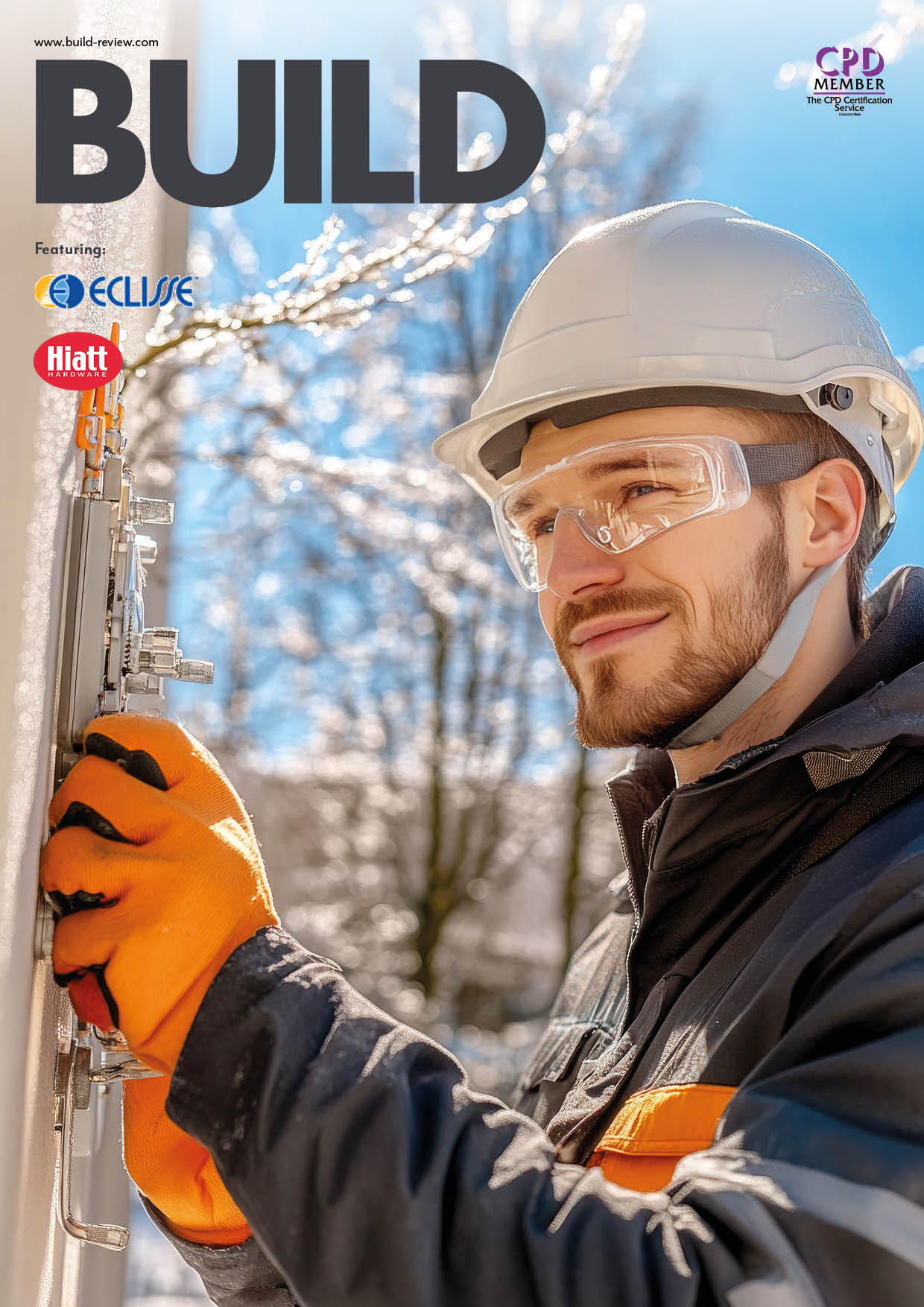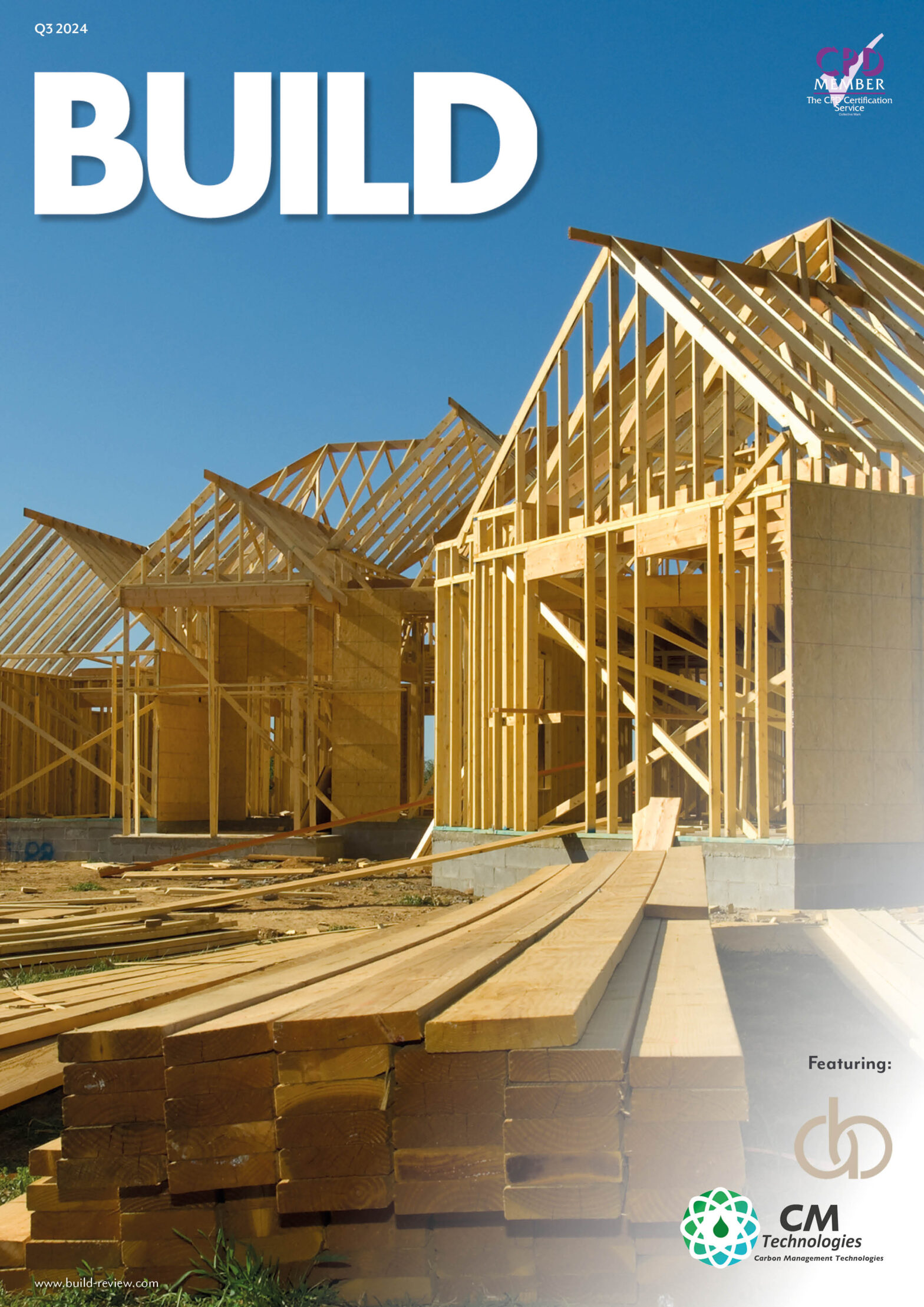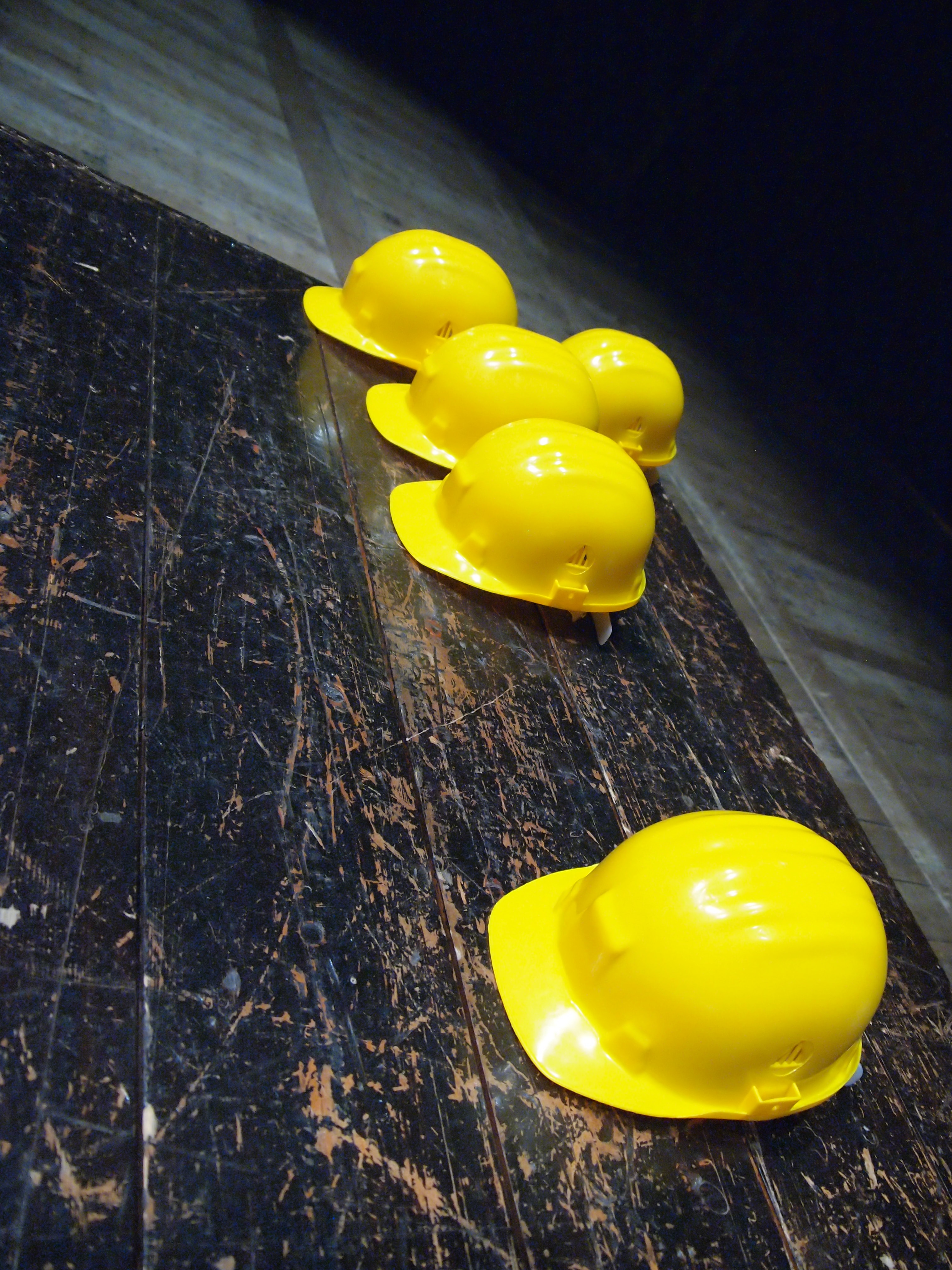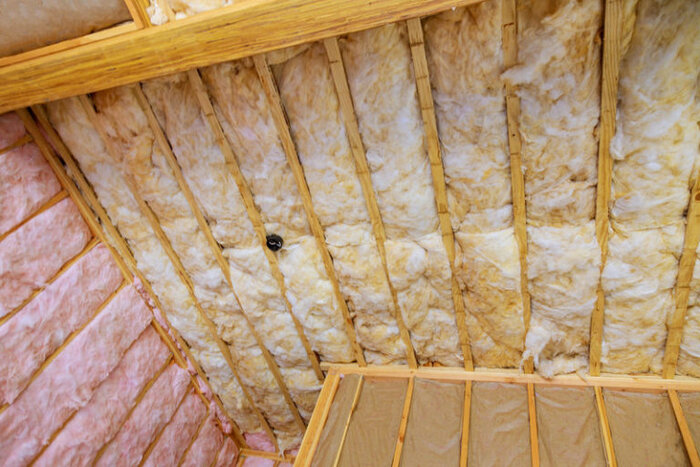Why Your HVAC Contractor Keeps Recommending Attic Insulation Replacement
If your HVAC technician has mentioned attic insulation replacement during their last few service visits, you’re not alone. Many homeowners find themselves puzzled when their heating and cooling professional starts talking about insulation instead of just fixing their system. The truth is, experienced HVAC contractors understand something most homeowners don’t: your attic insulation and HVAC system work as a team, and when one fails, the other suffers dramatically.
The Hidden Connection Between Your HVAC System and Attic Insulation Performance
Your HVAC system and attic insulation form a critical partnership that determines your home’s energy efficiency and comfort levels. Most homeowners think of these as separate systems, but they’re actually interdependent components of your home’s thermal envelope. When this partnership breaks down, even the most advanced heating and cooling equipment can’t perform effectively.
How Poor Attic Insulation Forces Your HVAC to Work Overtime
When attic insulation fails, your HVAC system essentially tries to heat or cool the outdoors through your roof. During summer months, inadequate insulation allows scorching attic temperatures to penetrate your living space, forcing your air conditioner to run constantly just to maintain comfortable temperatures.
In winter, the situation reverses but the problem remains the same. Heat rises from your living areas and escapes through poorly insulated attic spaces, making your heating system work much harder to replace that lost warmth. This constant strain means your system runs longer cycles, uses more energy, and experiences accelerated wear on critical components like compressors and heat exchangers.
The Department of Energy estimates that proper attic insulation can reduce heating and cooling costs by up to 15%, but the benefits go far beyond energy savings. When your HVAC system doesn’t have to compensate for thermal losses, it operates within its designed parameters, leading to better performance and longer equipment life.
The Real Reason Your Energy Bills Keep Rising Despite HVAC Maintenance
You’ve been diligent about HVAC maintenance. You change filters regularly, schedule annual tune-ups, and address repairs promptly. Yet your energy bills continue climbing, especially during extreme weather seasons. The culprit often lies above your ceiling.
Deteriorating attic insulation creates an invisible energy drain that no amount of HVAC maintenance can overcome. Your system might be running perfectly from a mechanical standpoint, but it’s fighting against physics. Heat naturally moves from warm areas to cooler ones, and without adequate insulation barriers, your conditioned air constantly escapes while outdoor temperatures infiltrate your home.
Professional attic insulation removal and replace services address this fundamental issue by creating an effective thermal barrier. This allows your HVAC system to maintain desired temperatures with significantly less effort and energy consumption.
Temperature Inconsistencies That Signal Insulation Problems
Have you noticed that your master bedroom stays stuffy while the living room feels comfortable, or that your second floor never seems to reach the thermostat setting? These temperature variations often indicate insulation problems rather than HVAC system issues.
Poor attic insulation creates hot and cold spots throughout your home because thermal transfer occurs unevenly. Areas directly below compromised insulation experience more dramatic temperature swings, while spaces under better-insulated sections remain more stable. Your HVAC system can’t compensate for these inconsistencies because it’s designed to condition the entire home uniformly.
Warning Signs Your HVAC Contractor Recognizes During Service Calls
Experienced HVAC professionals develop an eye for insulation-related problems because they see the same patterns repeatedly. These technicians understand that many comfort complaints and system performance issues stem from inadequate or failing attic insulation, not mechanical problems with heating and cooling equipment.
Frequent System Cycling and Short Runtime Patterns
When your HVAC contractor notices your system turning on and off frequently throughout the day, they’re observing a classic symptom of insulation failure. This short cycling occurs because your system reaches the thermostat setting quickly in some areas while other parts of your home remain uncomfortable.
Proper insulation creates consistent thermal conditions that allow your HVAC system to run steady, efficient cycles. Without this consistency, your system constantly starts and stops, which reduces efficiency and increases wear on electrical components and motors.
Uneven Temperatures Between Floors and Rooms
Multi-story homes particularly suffer from insulation-related temperature imbalances. Your contractor has likely heard complaints about upstairs bedrooms being too hot in summer or too cold in winter, while main floor areas remain comfortable. This isn’t a ductwork problem or equipment sizing issue—it’s thermal transfer through inadequate attic insulation.
Ground floor rooms benefit from the thermal mass of your foundation and typically have more consistent temperatures. Upper floors, however, are directly affected by attic conditions. When insulation fails, these spaces become difficult to condition effectively, no matter how well your HVAC system performs.
Questions to Ask Your Insulation Contractor Before Starting
Qualified contractors should provide detailed proposals that specify materials, installation methods, expected R-values, and warranty coverage. Ask about their experience with your home’s construction type and their approach to air sealing and ventilation considerations.
Request references from recent customers and inquire about post-installation testing procedures that verify performance. Professional contractors welcome these questions and provide detailed answers that demonstrate their expertise and commitment to quality results.



























